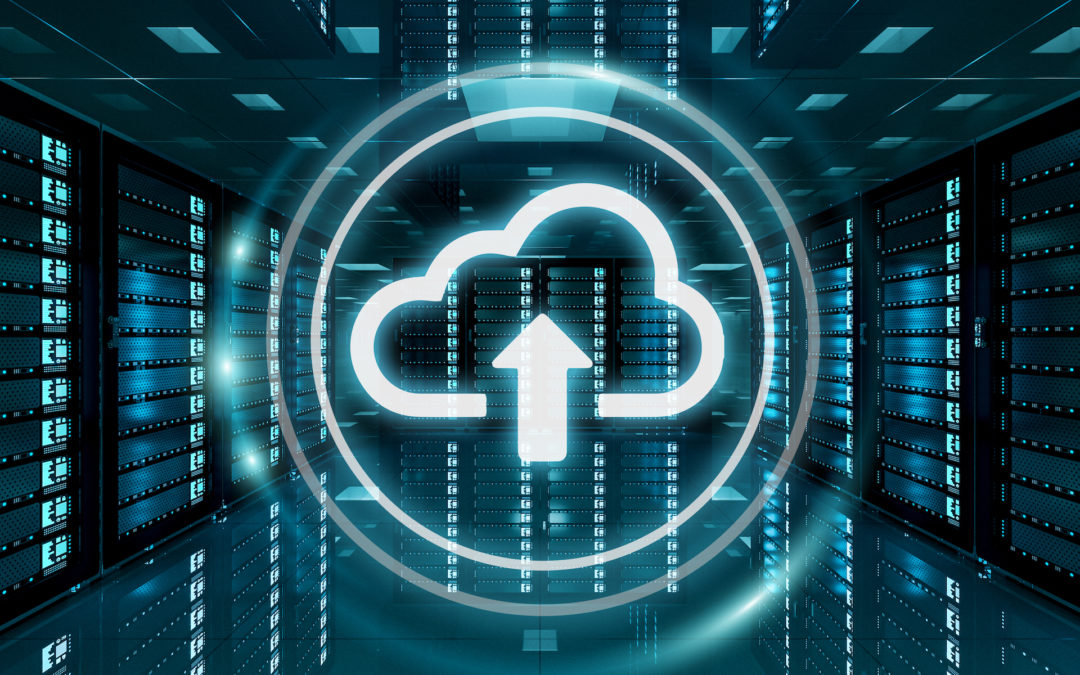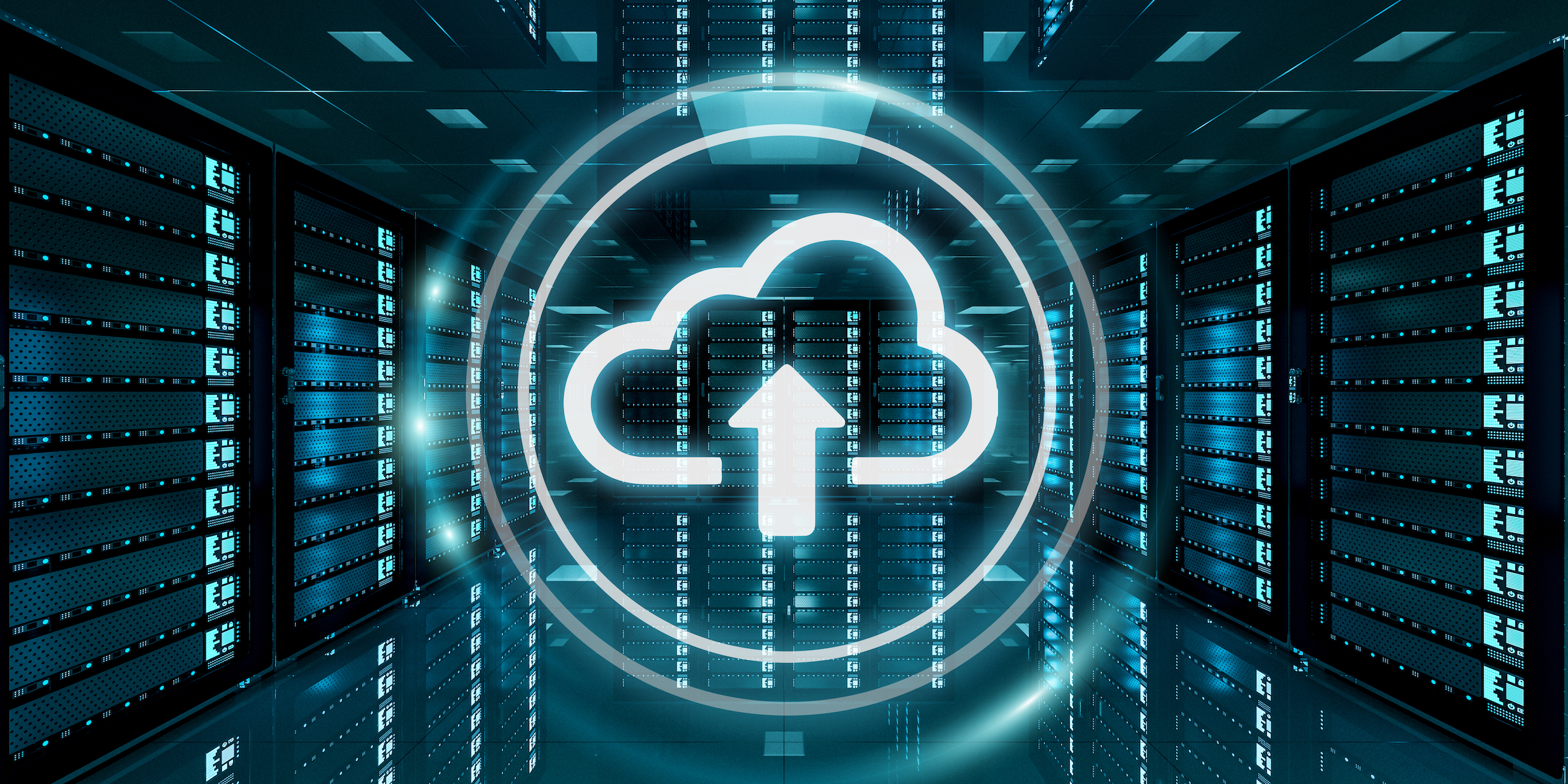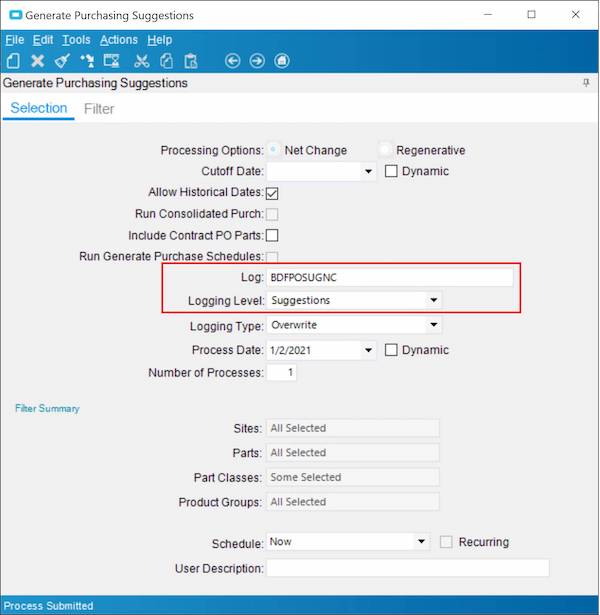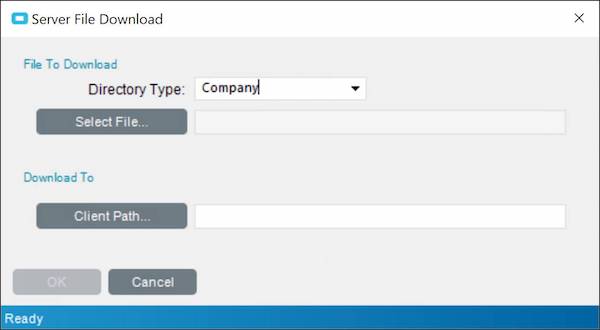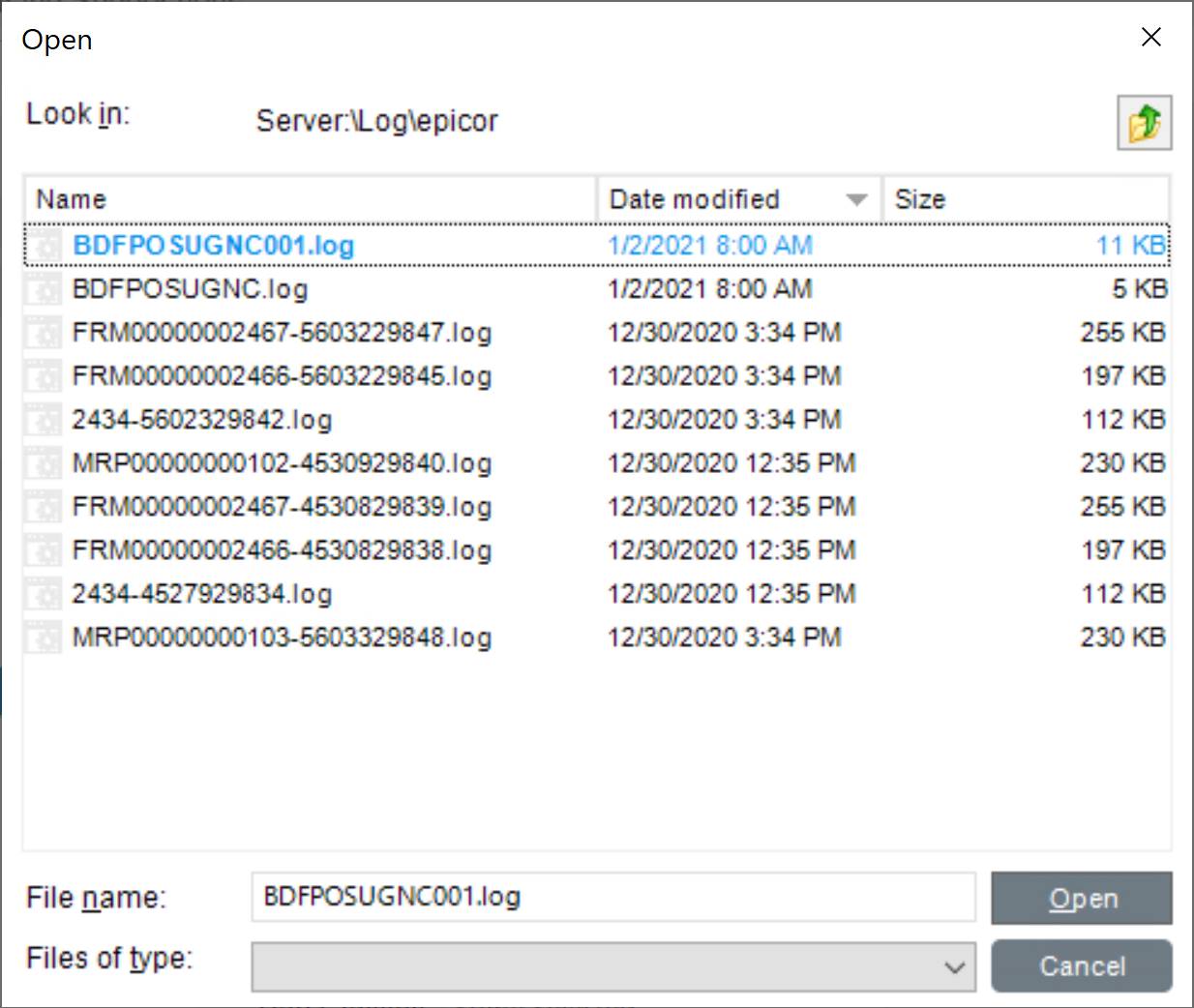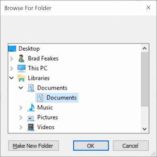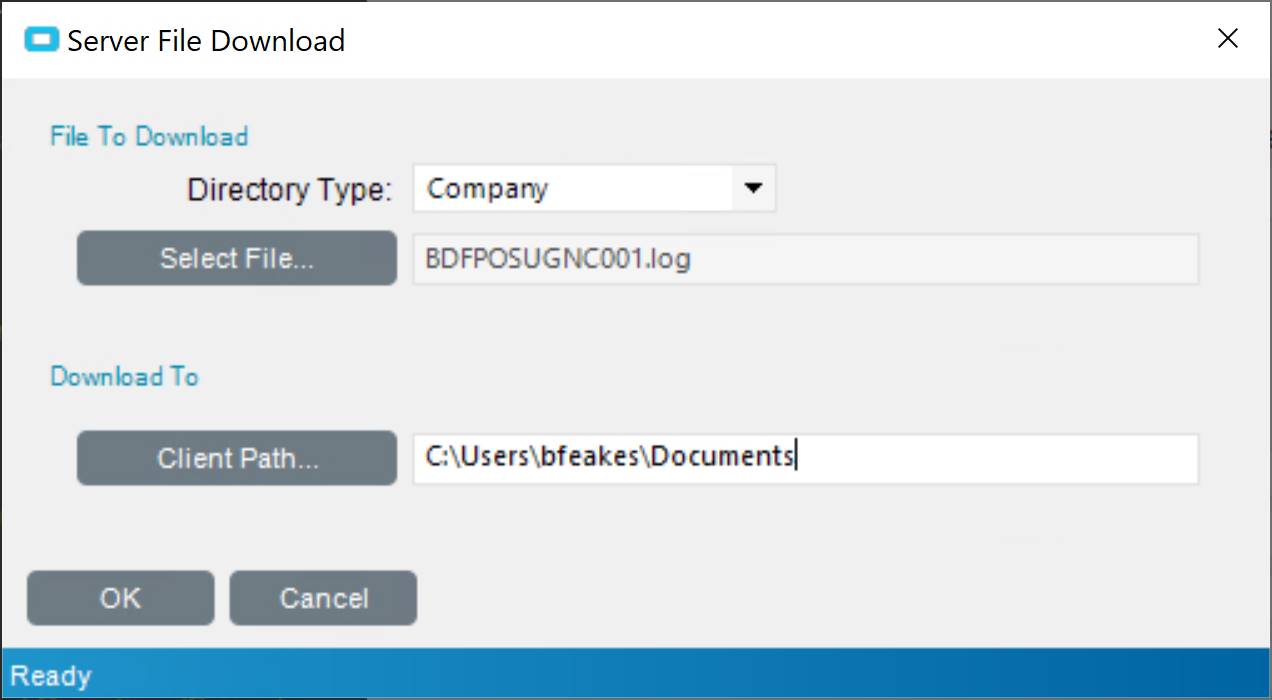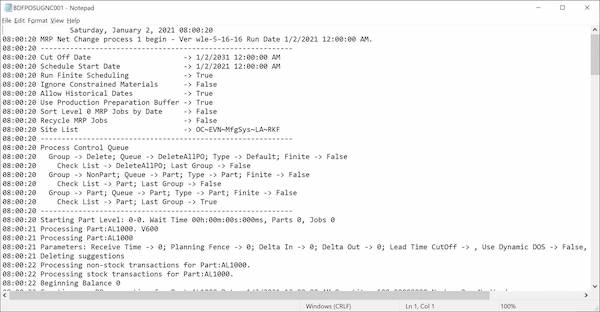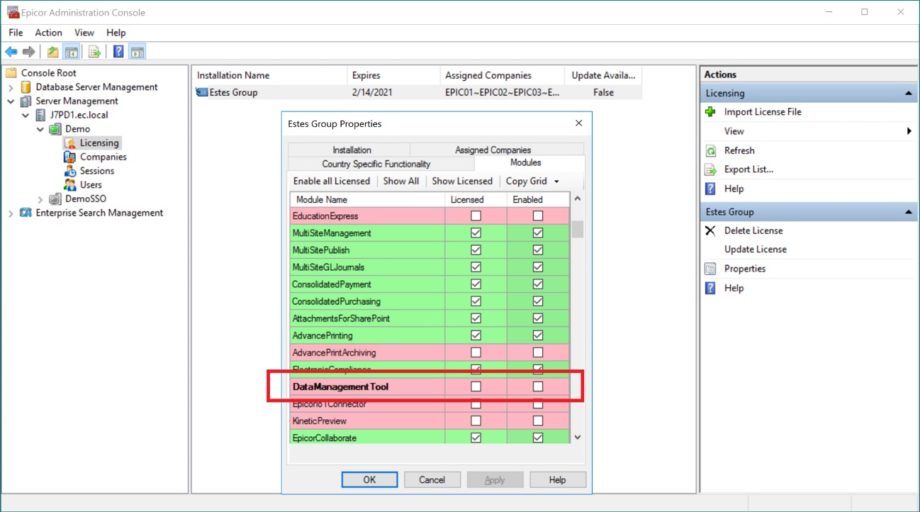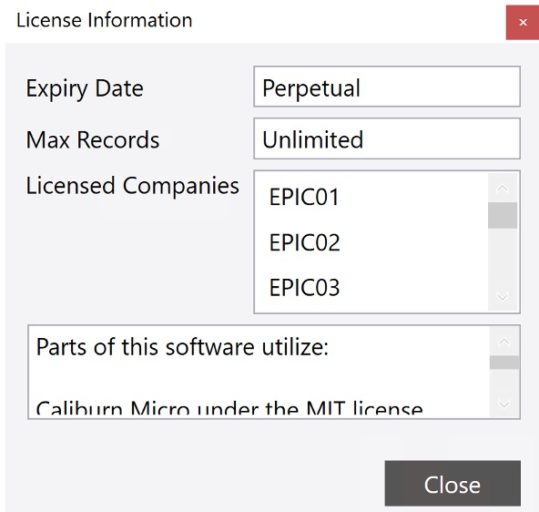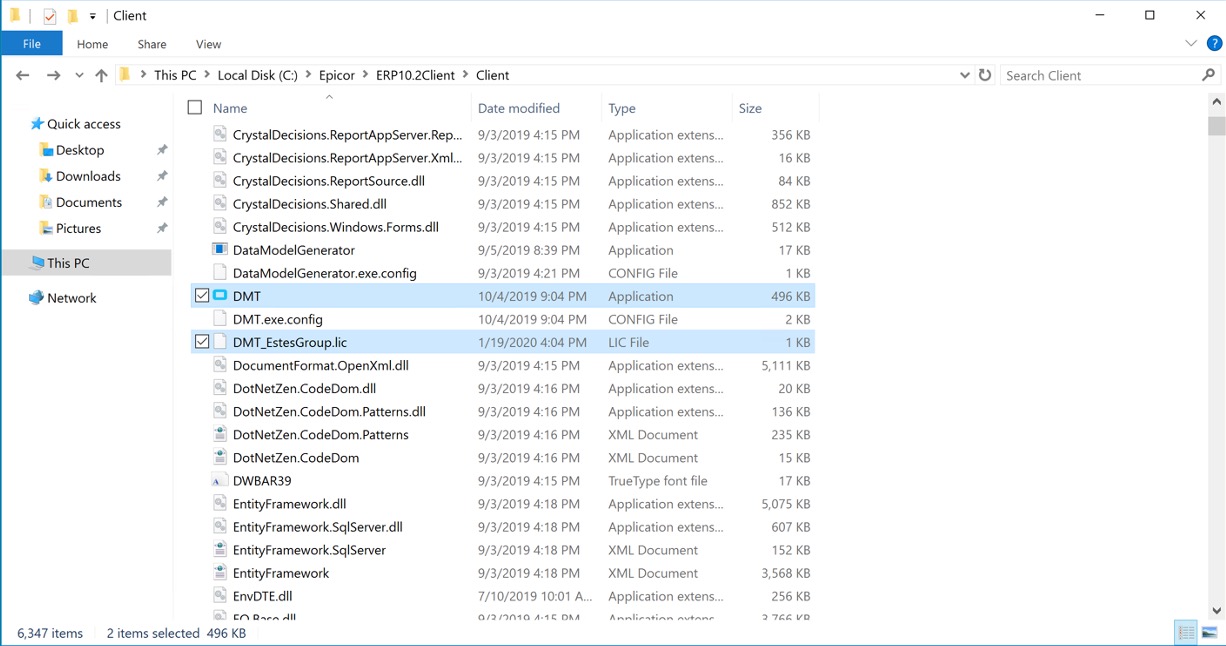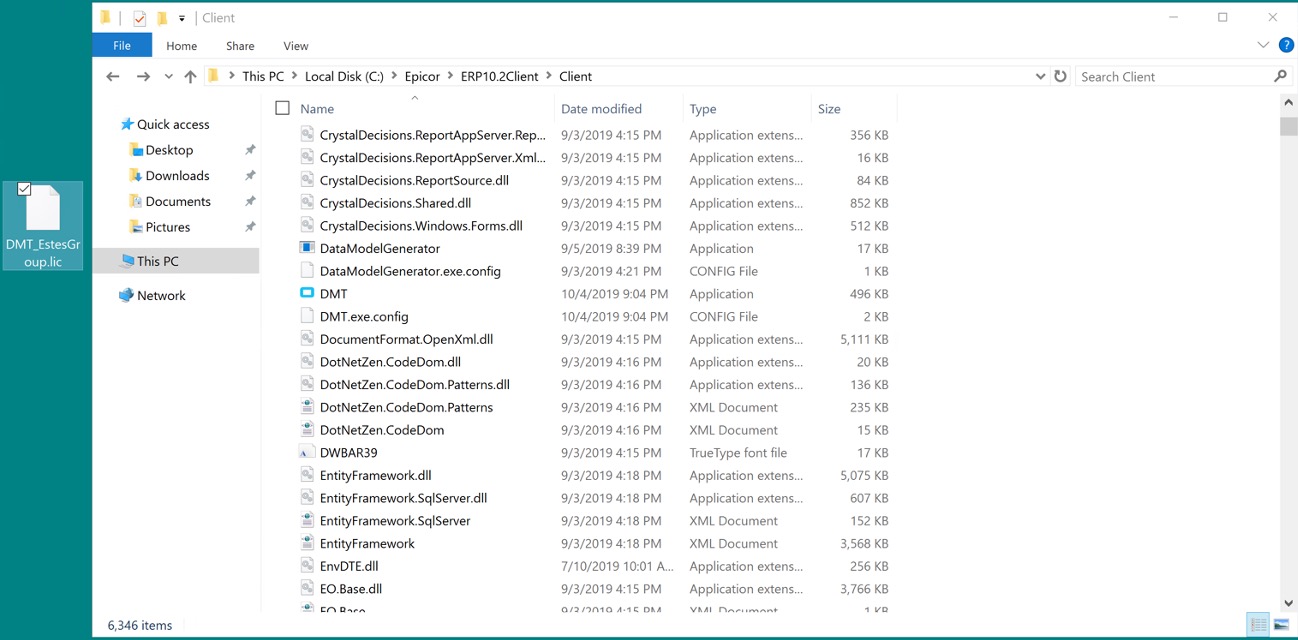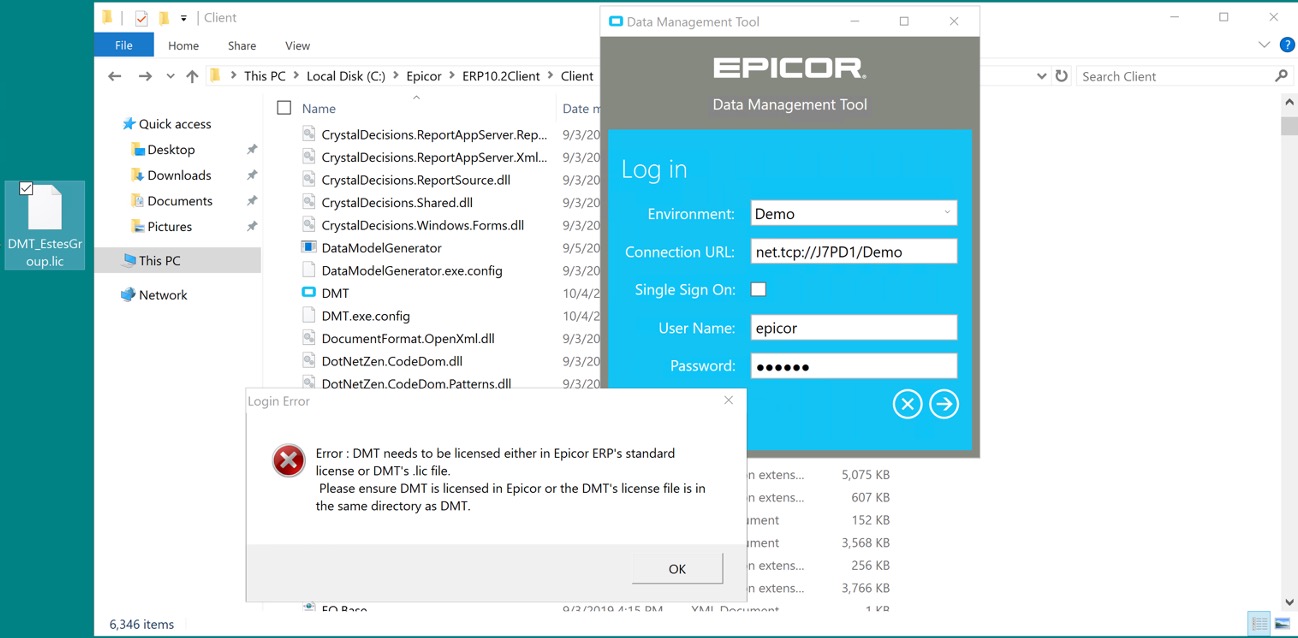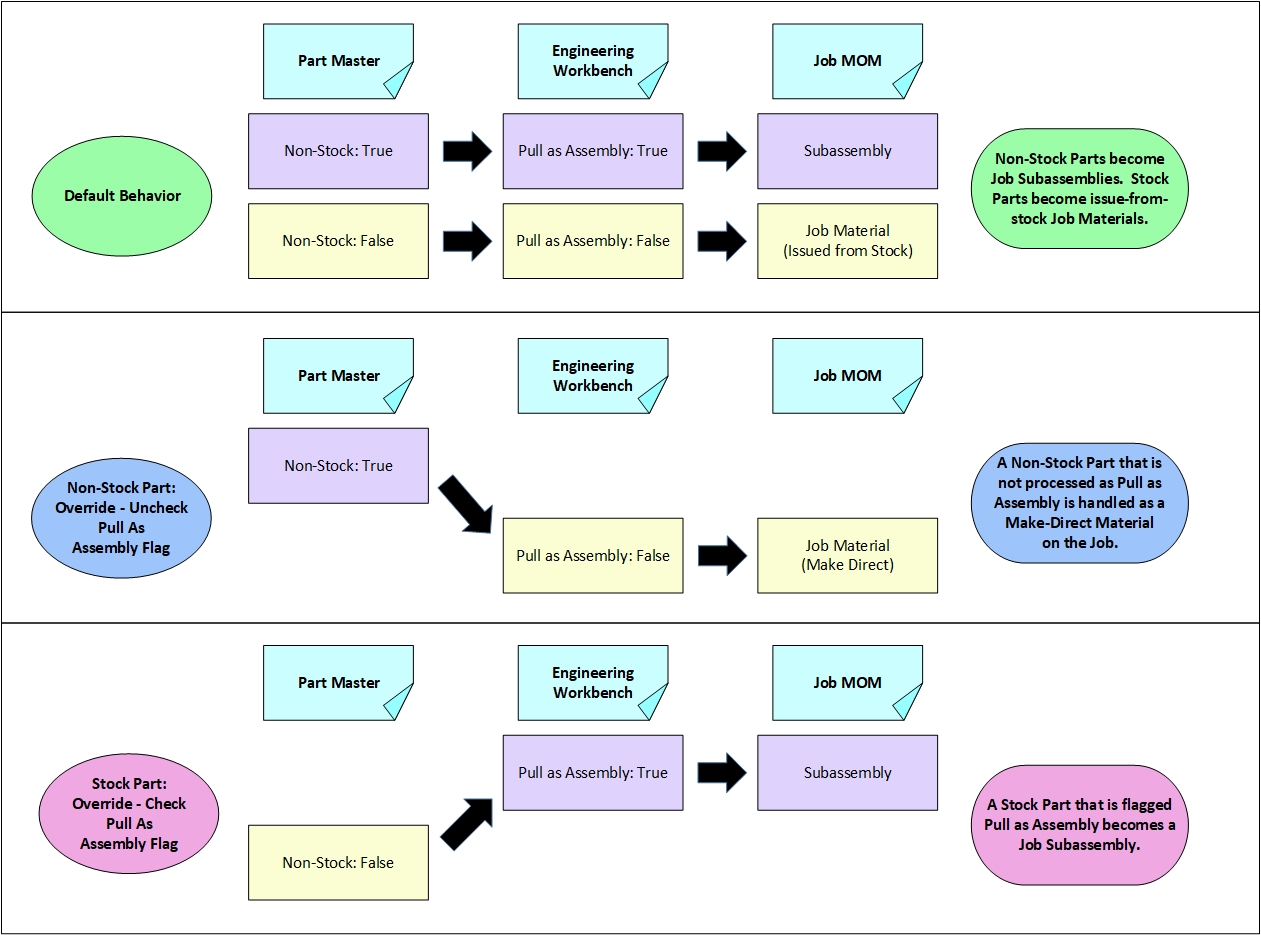
Partnering with your ERP Consultancy
How the Right ERP Consultancy Can Take the Risk Out of ERP Implementation
Implementing ERP presents many challenges. One of these involves the simple dilemma of finding good help. Implementing ERP is not a one-man band, but rather a symphony of interconnected members, each doing their part in the performance. Your ERP consulting partner is one such member of the overall team and can significantly impact the success of an ERP implementation. With that in mind, here are a few considerations that will help you make the best choice when finding a consulting partner.

An ERP Consultancy Provides a Path of Success
Scope
At the beginning of your project, define what completion is and how to objectively measure the project’s completion. That definition might evolve as the project moves along, but it’s helpful to define your destination before you embark. This helps you understand how long you will need consulting assistance — completion means the consultant can move along to their next client. You will need to write that final check. Completion also means it is time for you and all the people in your enterprise to sit back and smile. Plan for that success.
Requirements
Consider the needs of your organization and the expertise you already have within your business. You might have a person you think is ready to lead your project: they have the skills and training, but a consultant could guide them and provide experienced mentorship along the way. Or, you might have a very lean organization and need to use a consultant as a full-time manager of the project and then plan to cut the consultant loose when the project is complete.
Culture
Culture is a very important consideration. The consultant who is successful working with a strict top-down leadership style will be different from a consultant who would succeed in an environment where each manager is independent and is expected to make decisions on their own. Your consultant must fit into your existing style and work well with your personnel.
Business Interaction
Negotiations with your consulting partner will begin with senior members of that organization. Those people might not be the same people who will actually work at your business with your own employees. Part of your agreement with the consultant should be control over consultant staff and their ability to get along with your employees.
Logistics
Provide your consultant with access to your systems, a place to sit, and an open communication line to everyone. Introduce the consultant to your staff and let people know who they are and the important work they will be doing on your behalf. Reinforce the call to open communications as needed throughout the project. Many ERP projects are a means of providing tools for future expansions or other plans that likely are confidential. Ensure the consultant understands and has signed appropriate non-disclosure agreements.
Change Management
You will hire a consultant that has the expertise to work with your business eventually to a successful completion of your ERP project. The relationship is not entirely technical. Your employees and system users all react to change in their own unique ways. Some will adapt quickly and embrace the new processes. Others will fight to keep the old process they are already comfortable using. Most will fall somewhere in between, neither fighting change nor immediately accepting change but will, in the end, use your new ERP system. A few might never accept the changes and will part from your business.
Managing change and helping your people along is one of the critical components of your ERP project. The ERP consultant you hire probably has the expertise you need in this area and you should take full advantage of it so your people can stay satisfied.
Data Management
Part of the ERP project will be data conversion from your legacy systems and loading that data into the new ERP. Many IT staff do not have the bandwidth to handle this work in addition to their current jobs. Often this work will be managed by your consultant. Consider who will handle data not only during the project’s duration, but also who will pick up the responsibilities thereafter.
Verification
As the project moves along, you will test specific transactions and the overall system to ensure the results meet your needs and expectations. Use your own people for some of the manual tests. Not only will they help with the project step, they will gain some training and become ambassadors representing all of your ERP users. The consultant will be a guide to setting up and managing testing. The consultant might have automated test processes too which will perform tests that follow your processes and repeat tests 24 hours a day. You will gain many additional test cycles and avoid human errors in testing.
Training
Think about how to train your people to use ERP when the project is complete. You can train a few to train the many and use your existing resources. You could also use the consultants to design and implement needed ERP training for you and your team.
Collaboration With Your ERP Consultancy of Choice
Fundamental to the idea of ERP is the notion of collaboration. Enterprise applications build bridges within the enterprise, and between the enterprise and the outside world. The act of implementing ERP is similarly an act of collaboration. In this light, when choosing a system integrator, ensure that they are an implementation partner, and not merely a consultancy for hire — for it is through people and partnership that the true benefits of ERP are realized.

